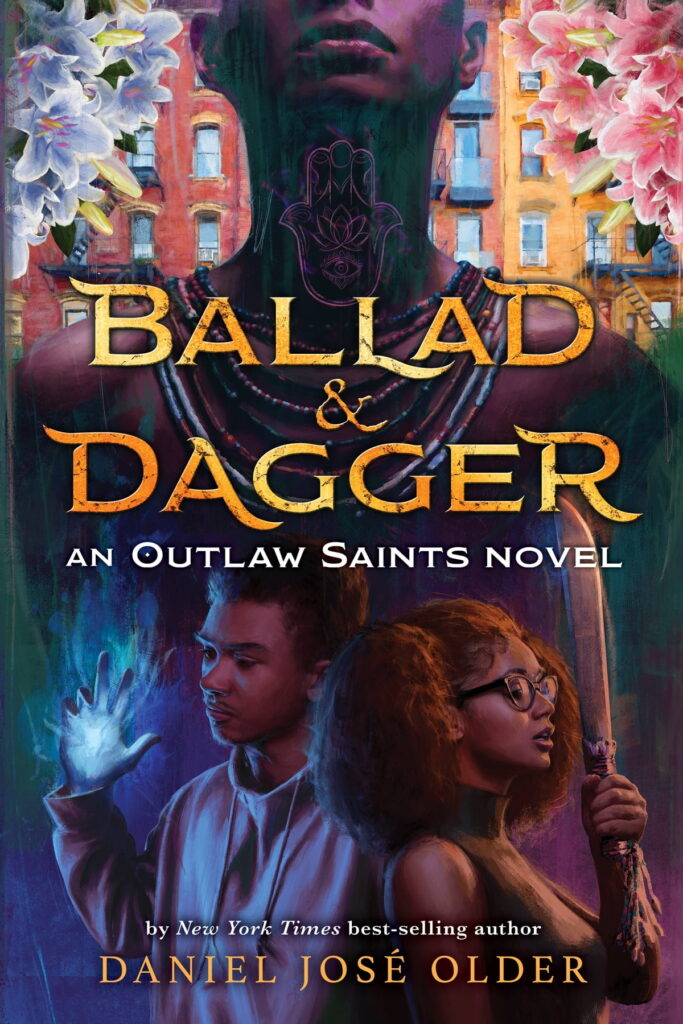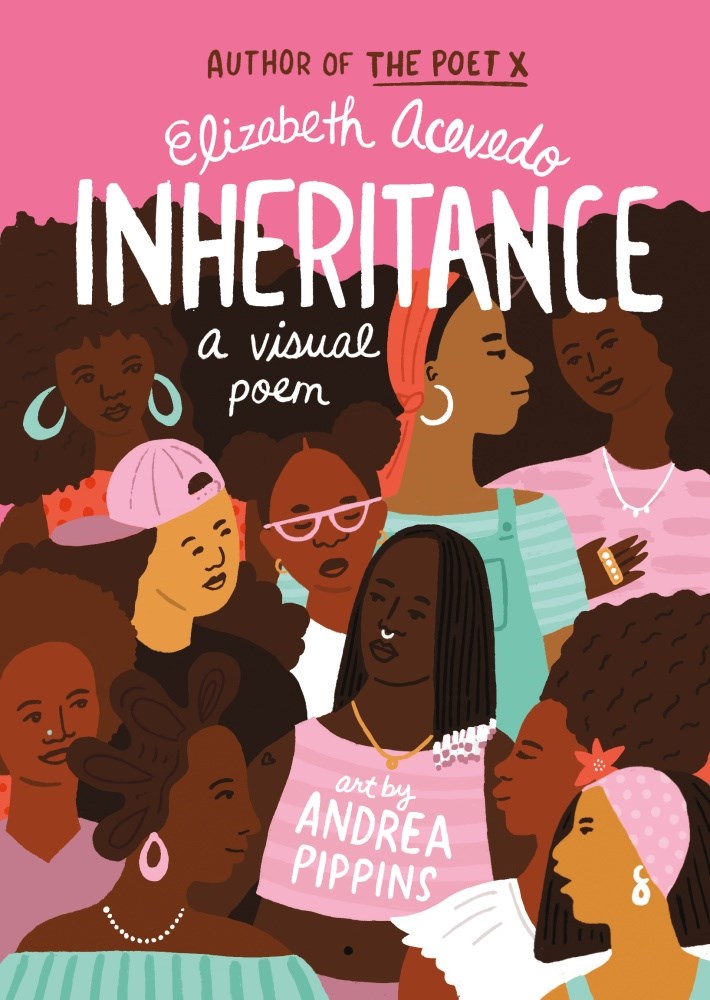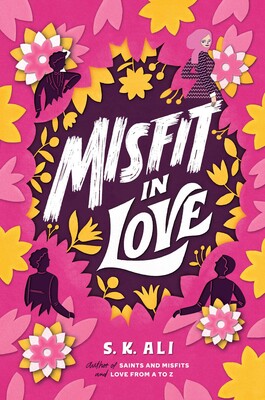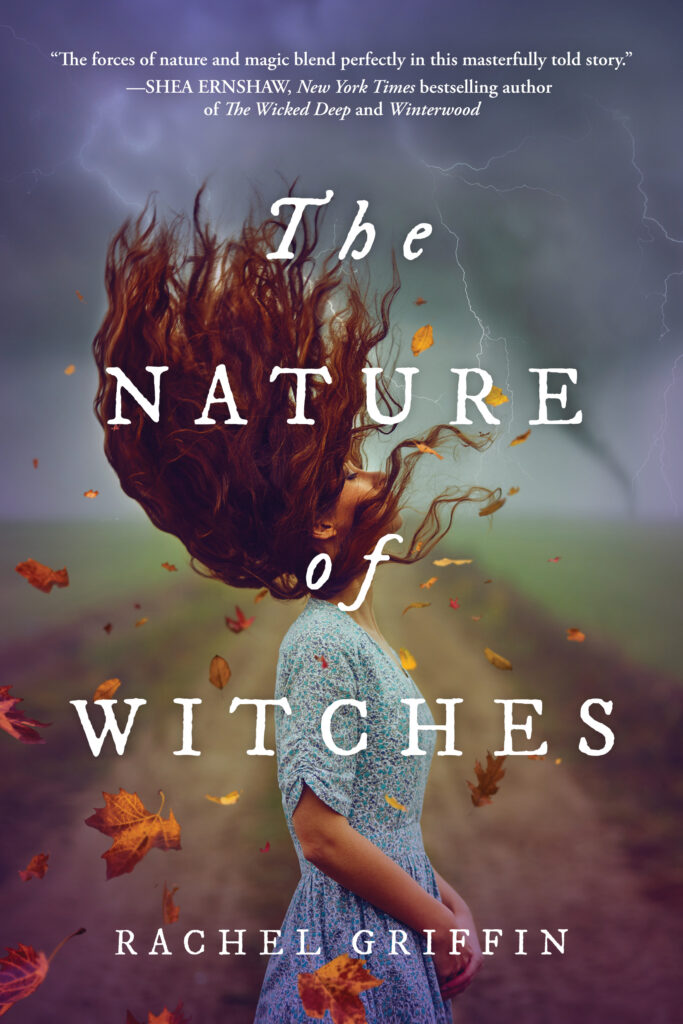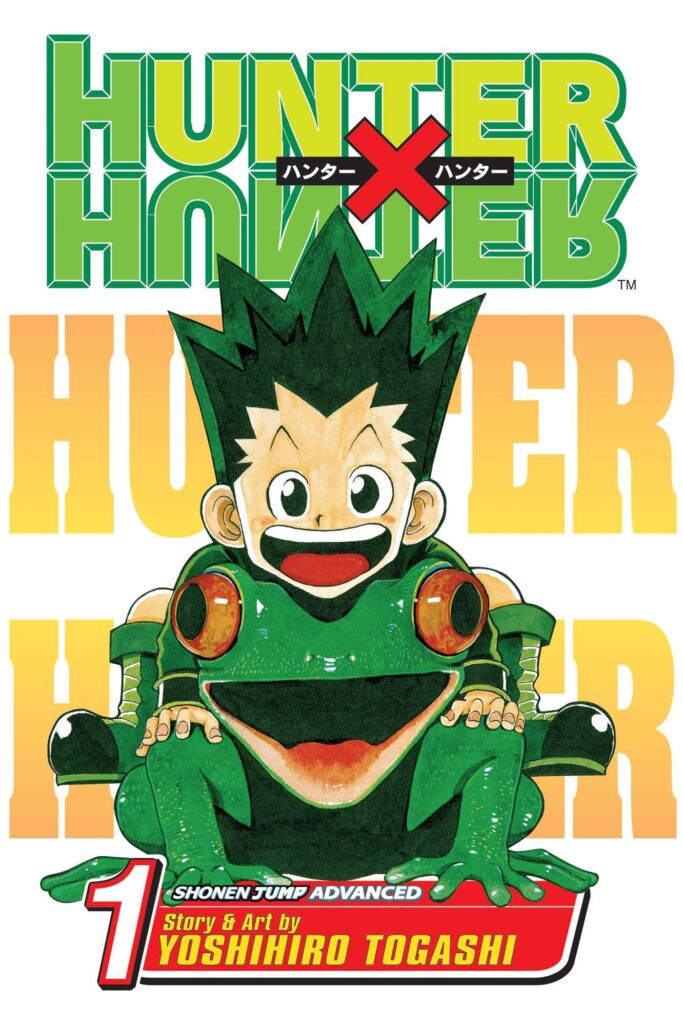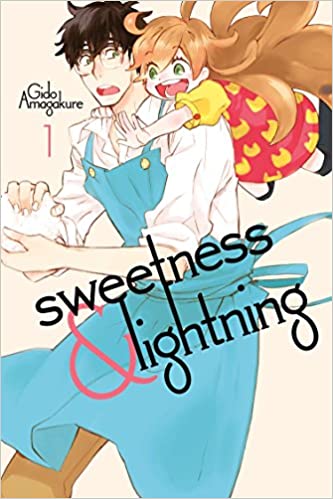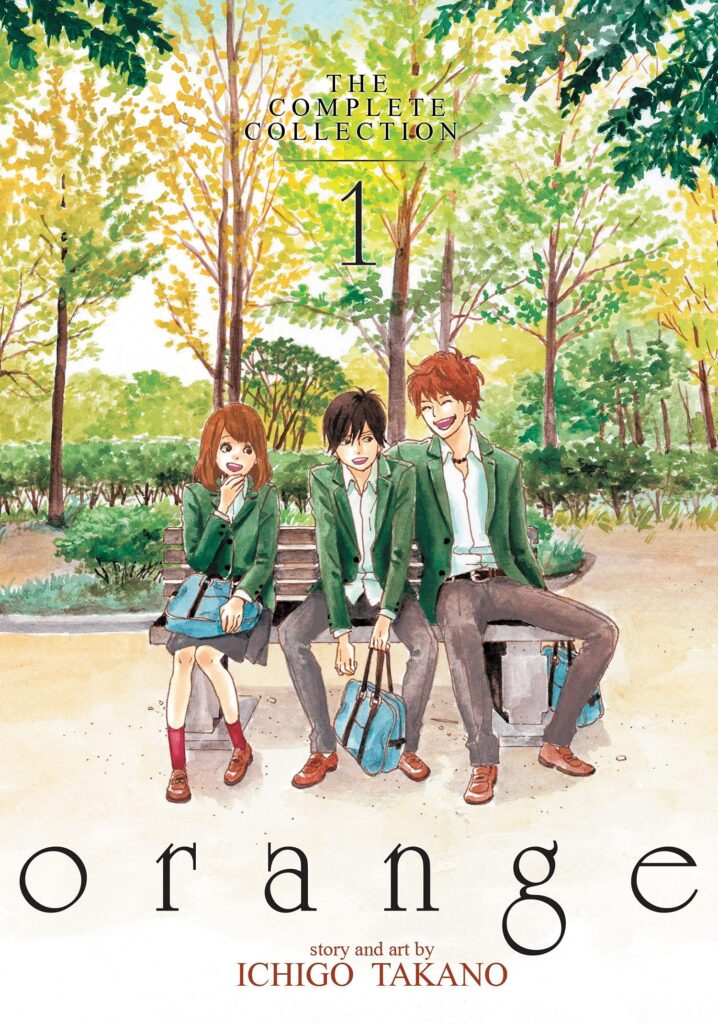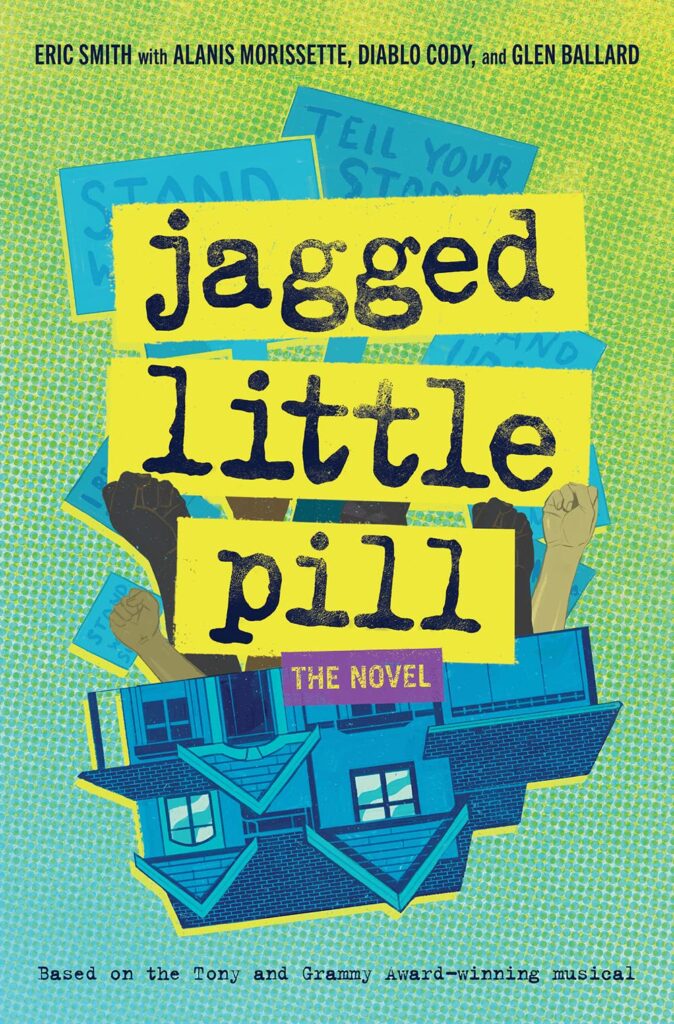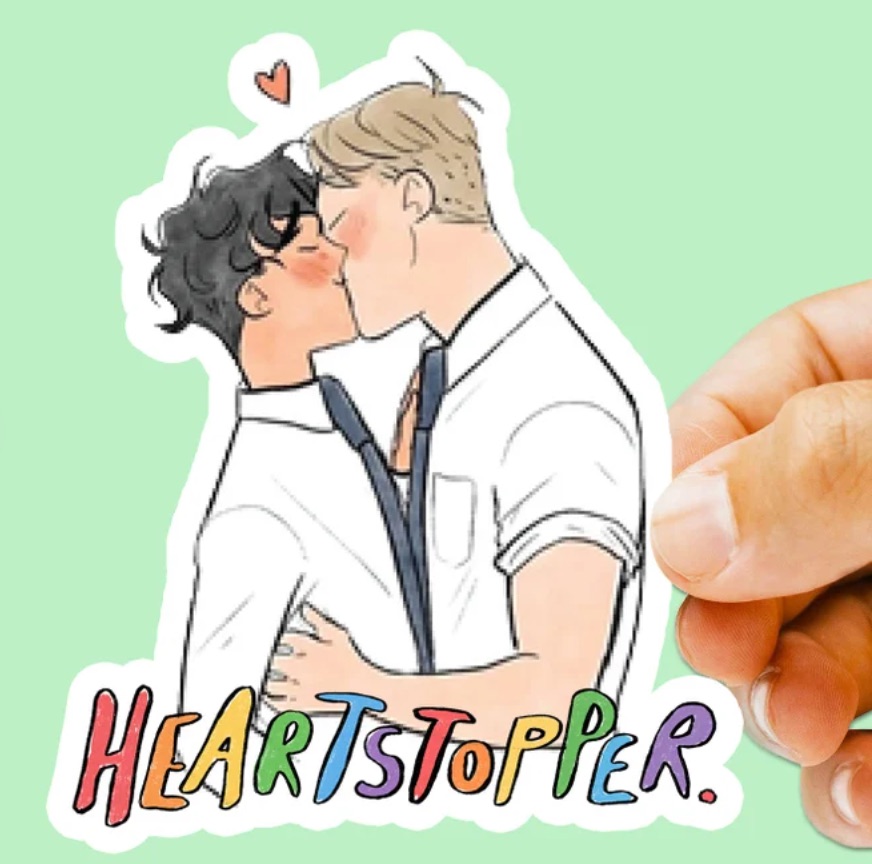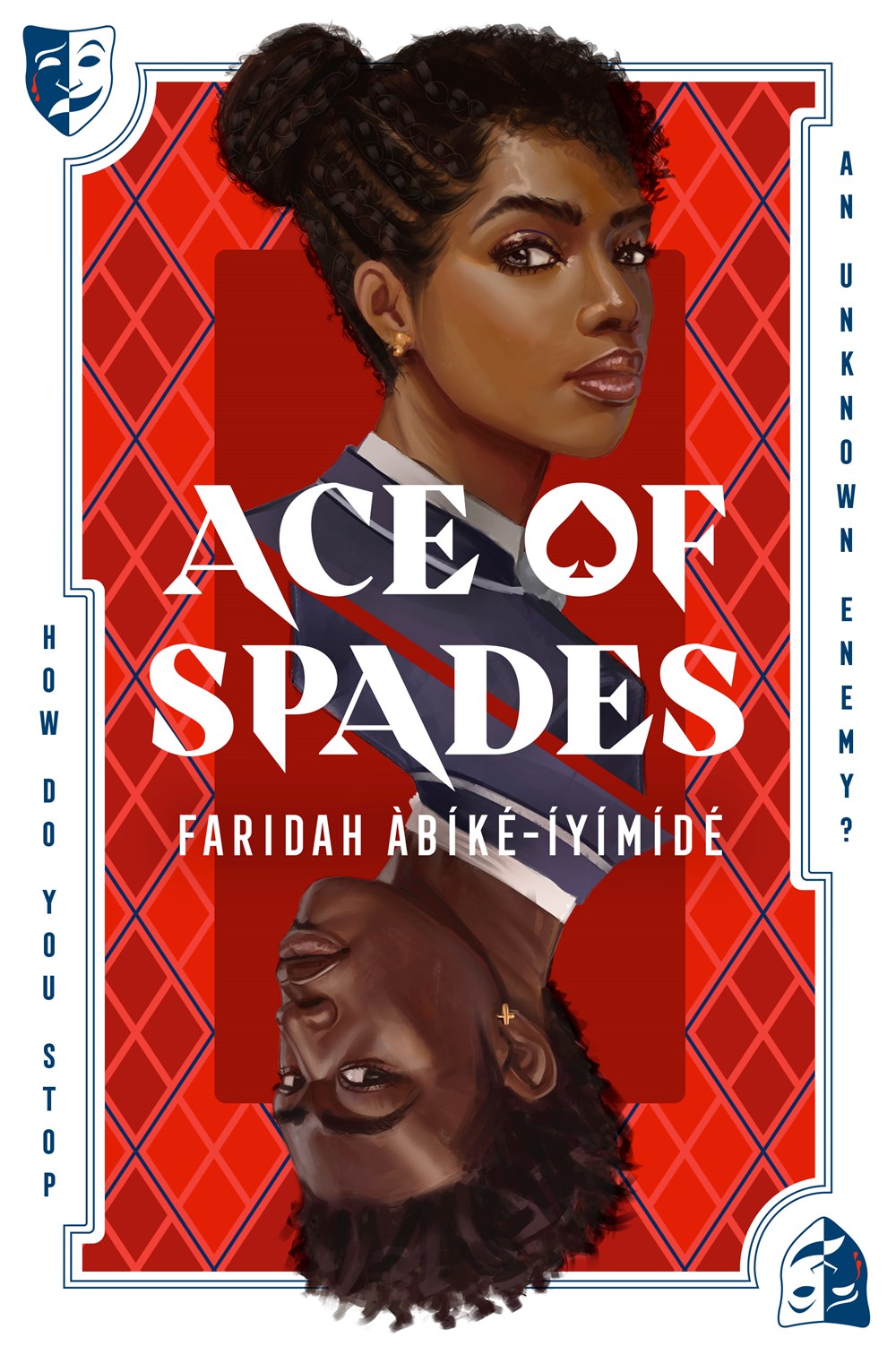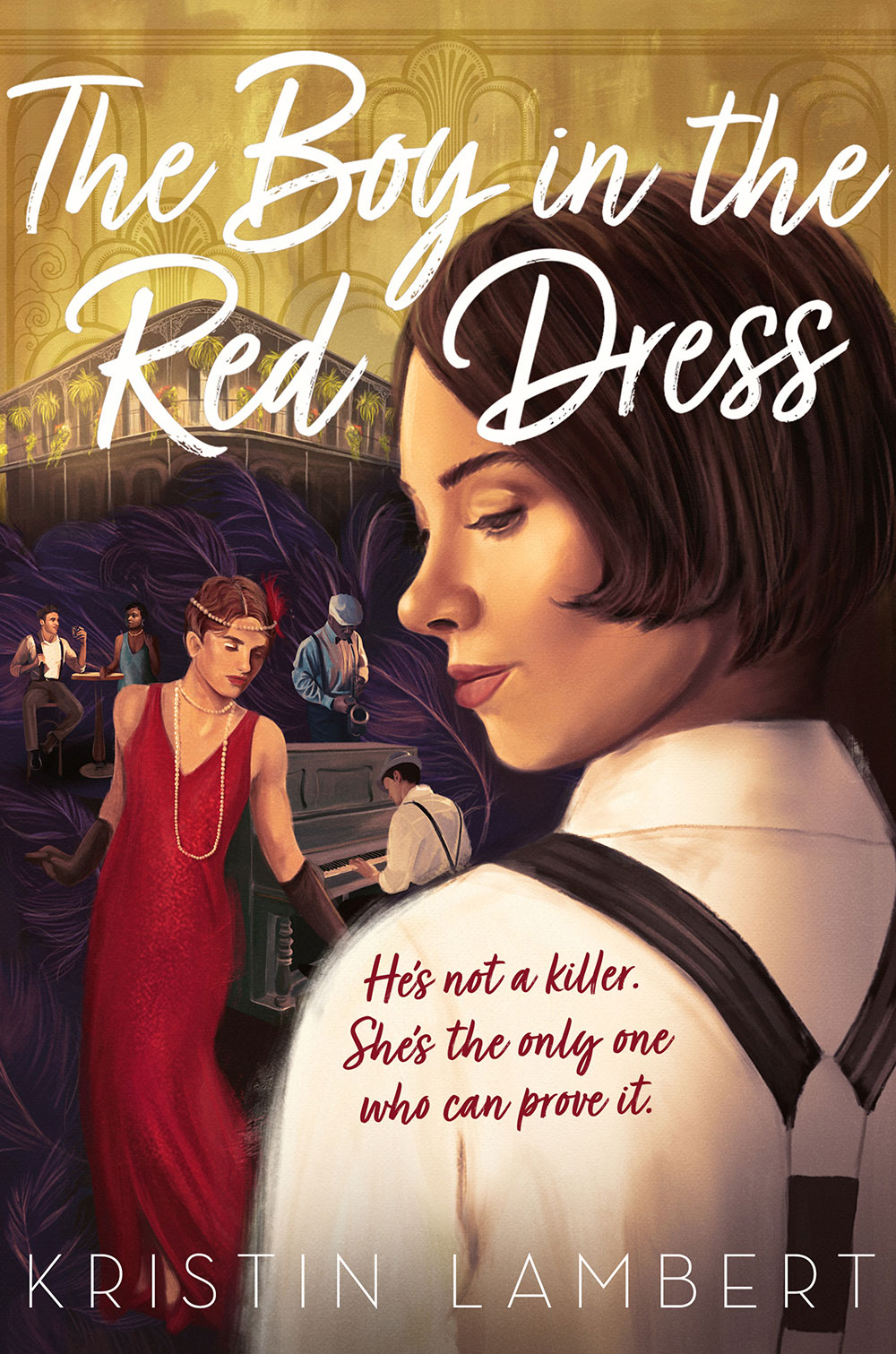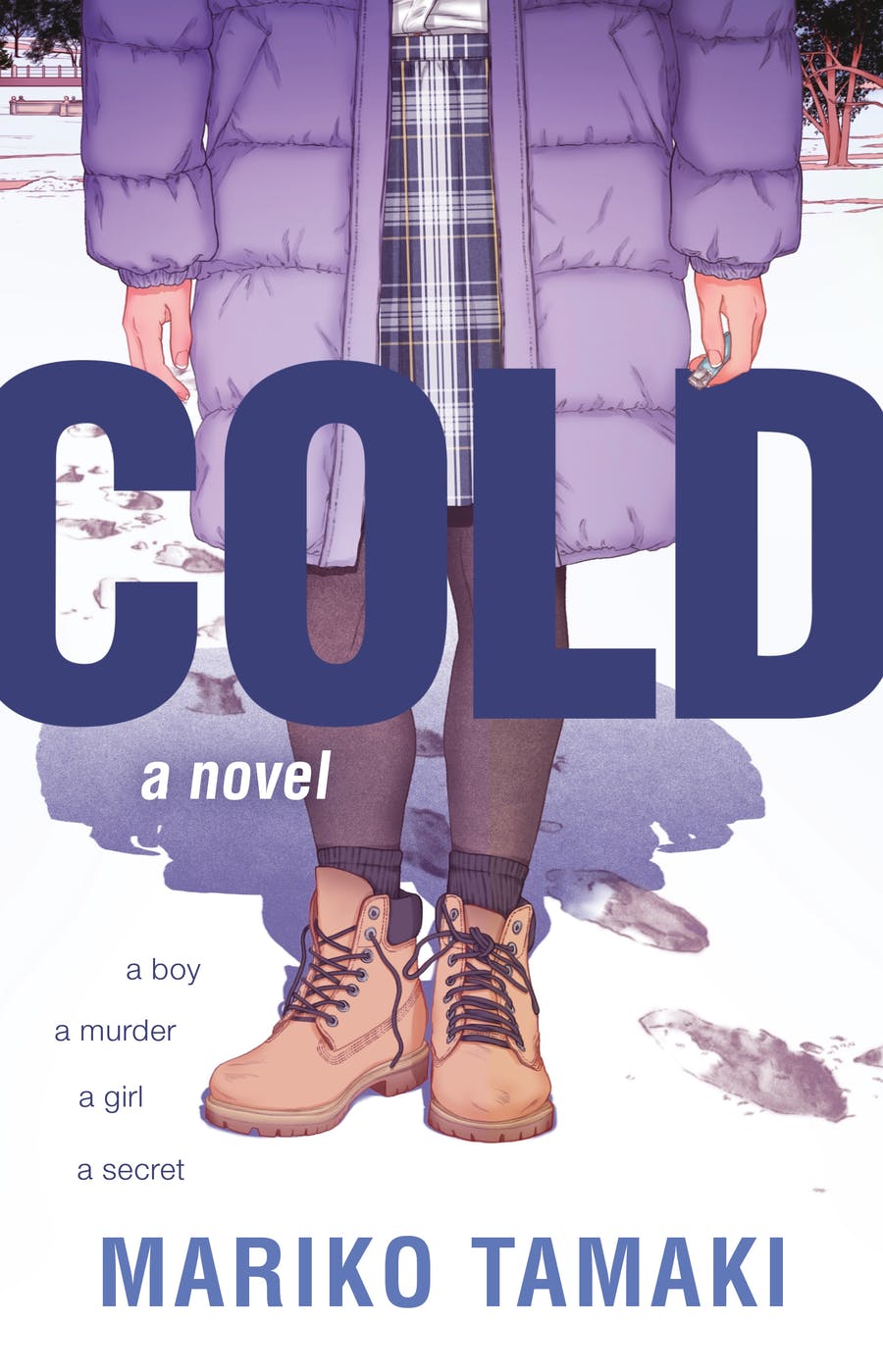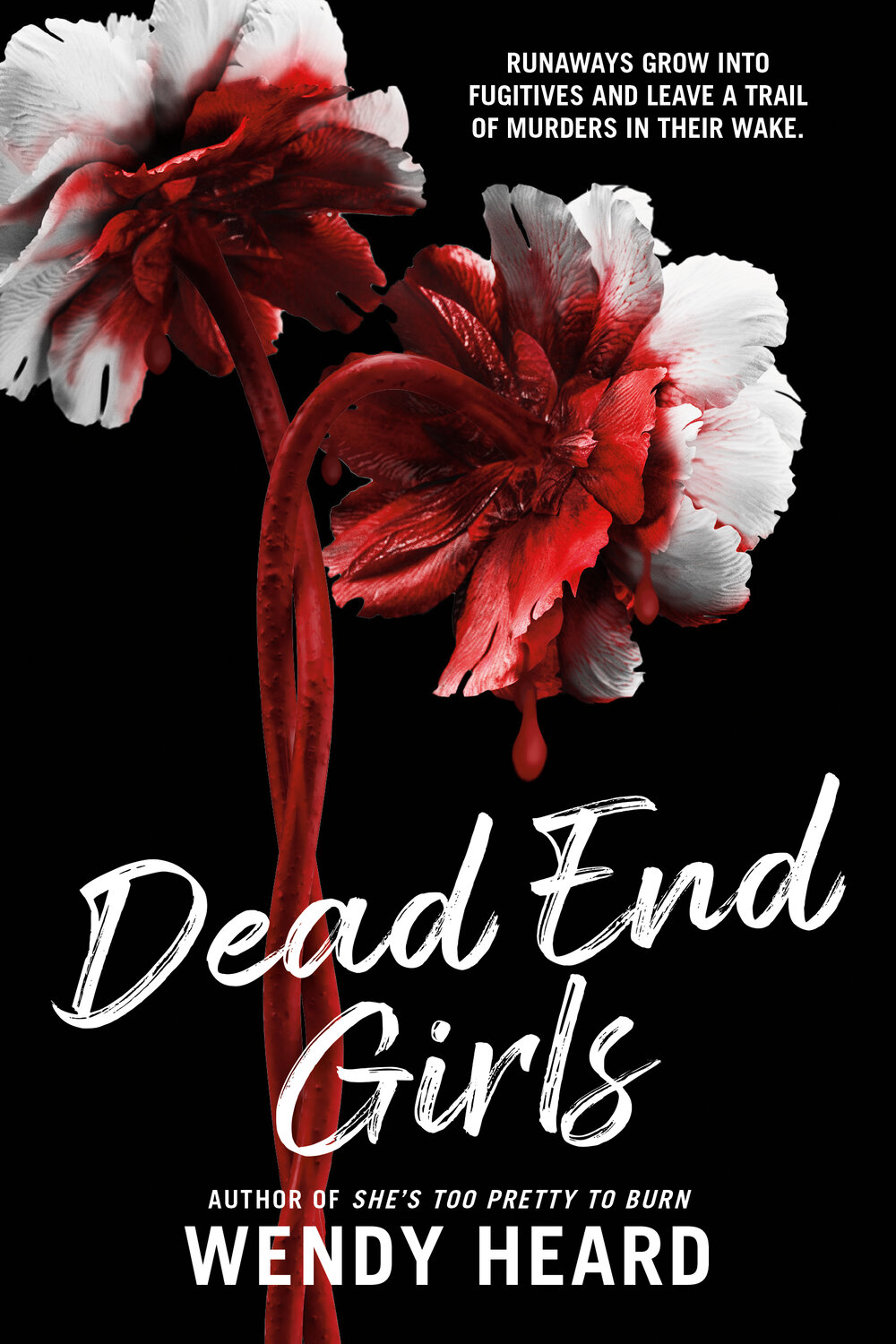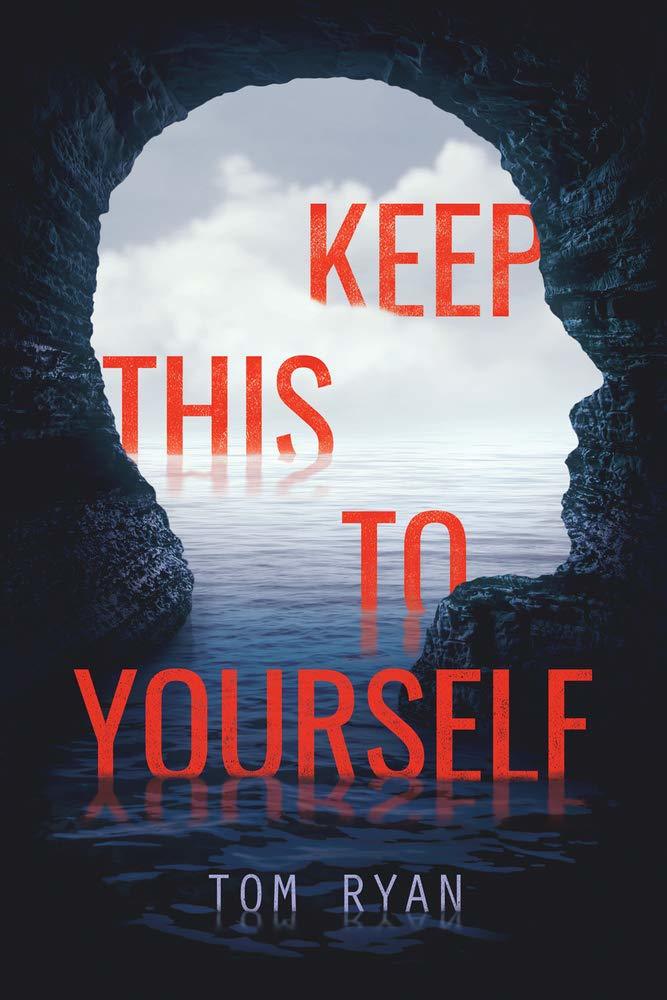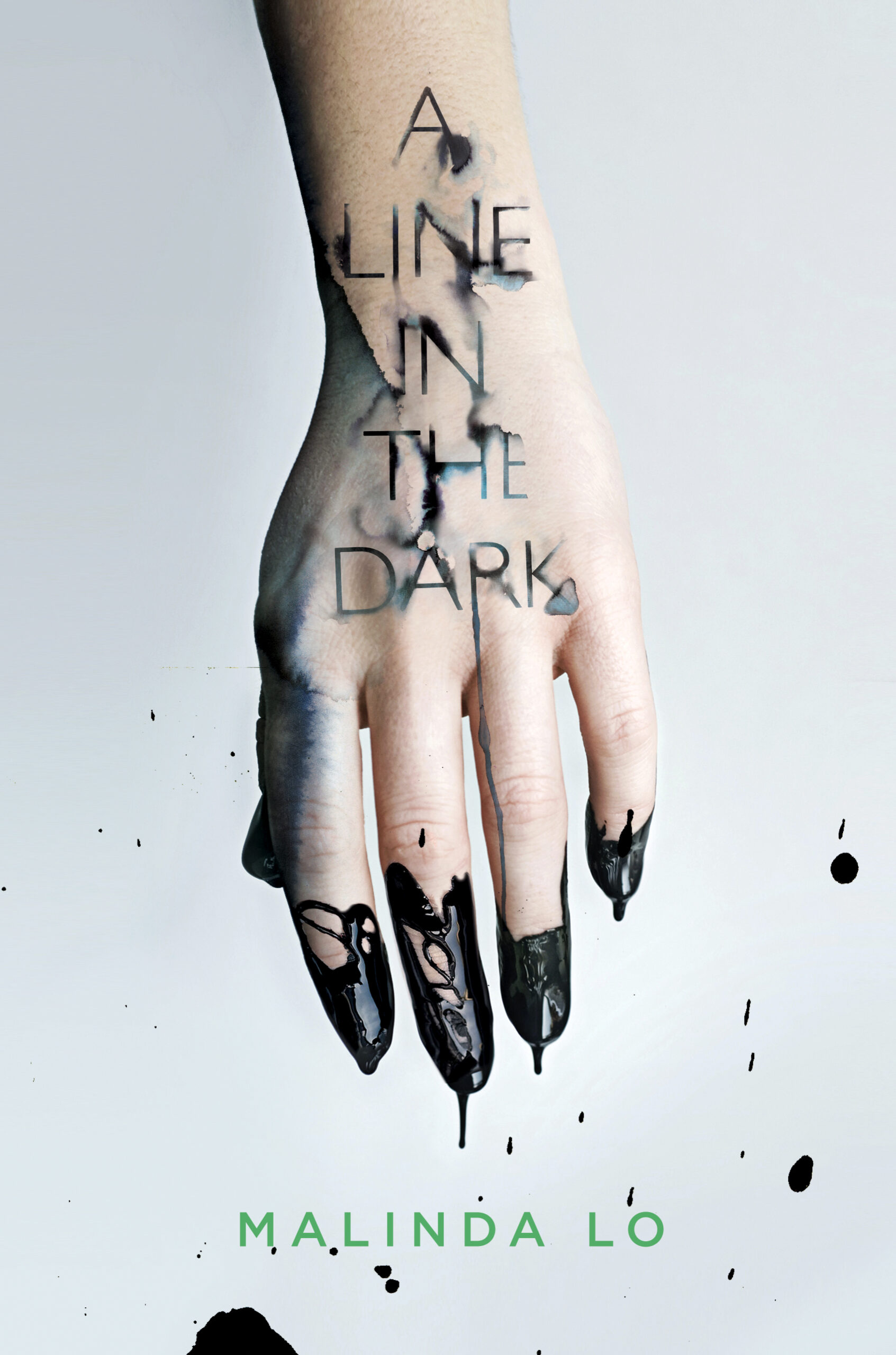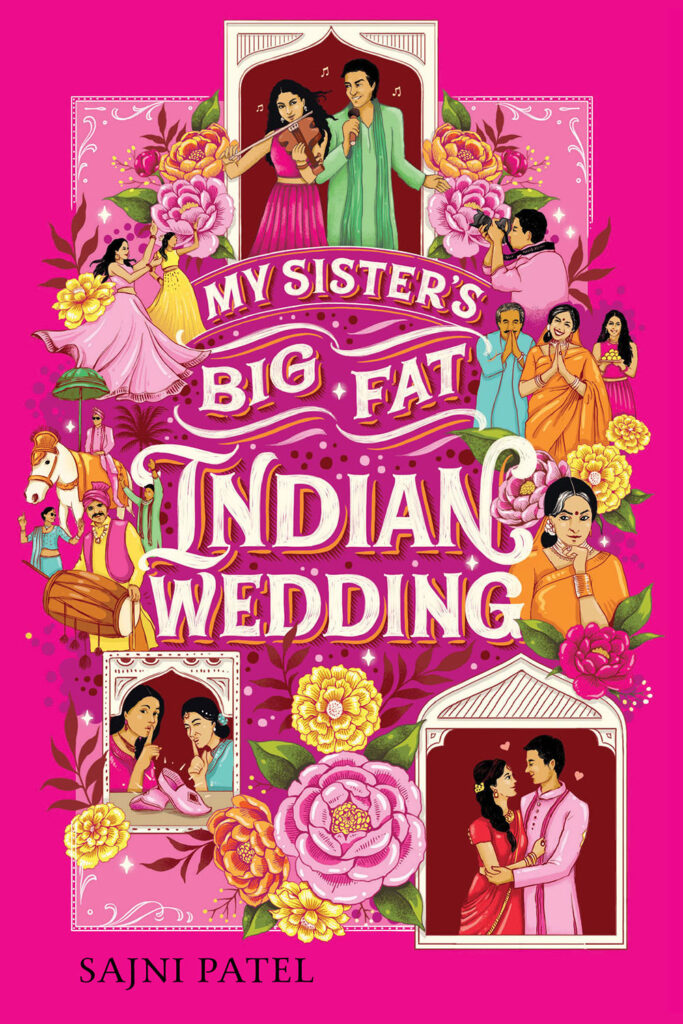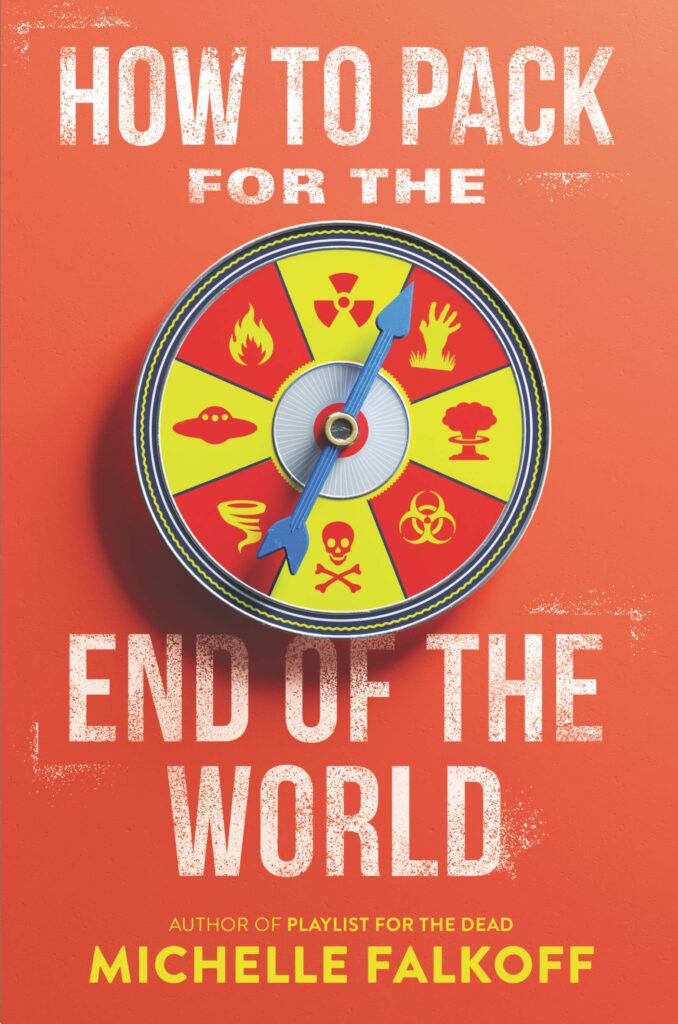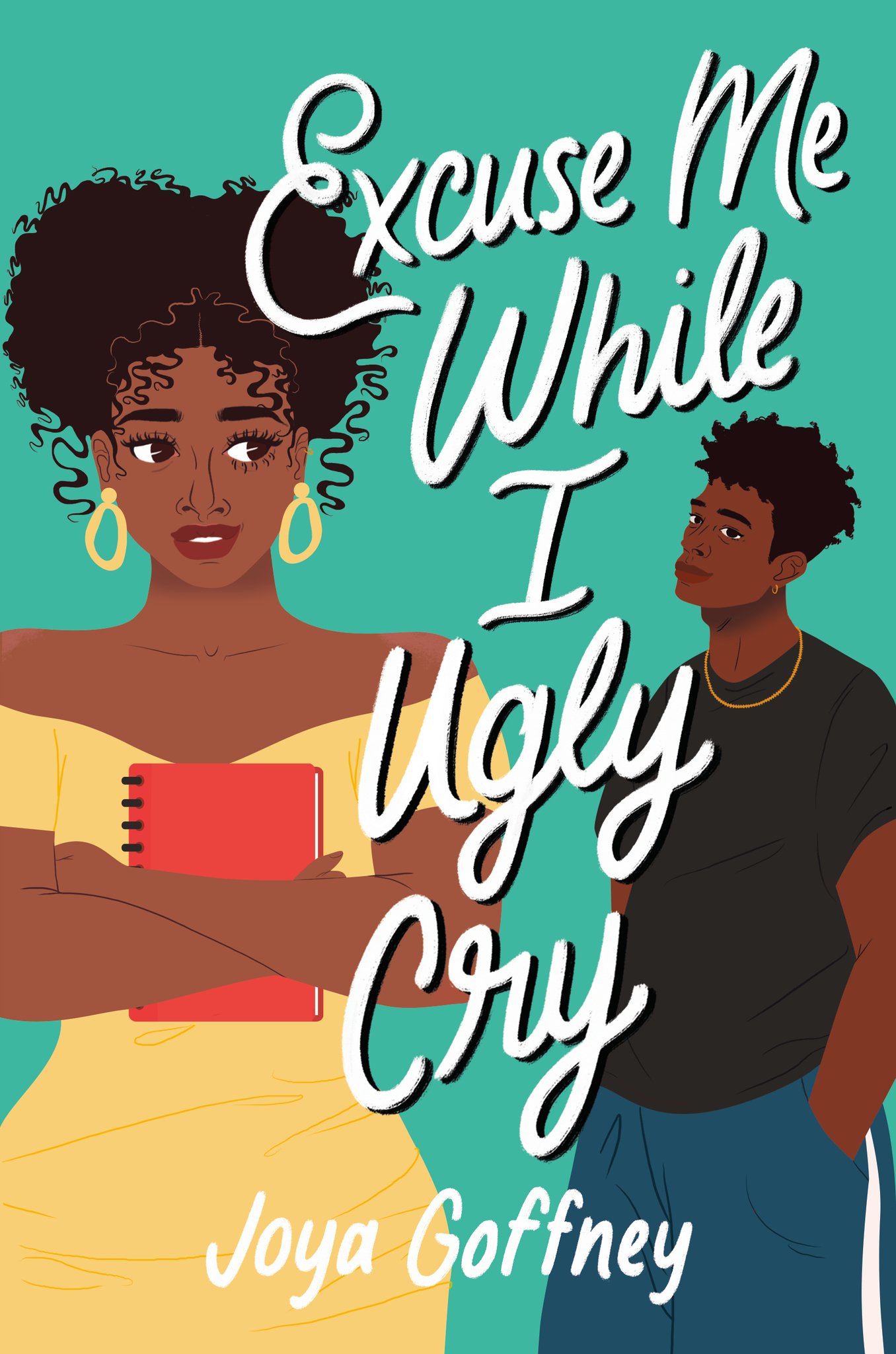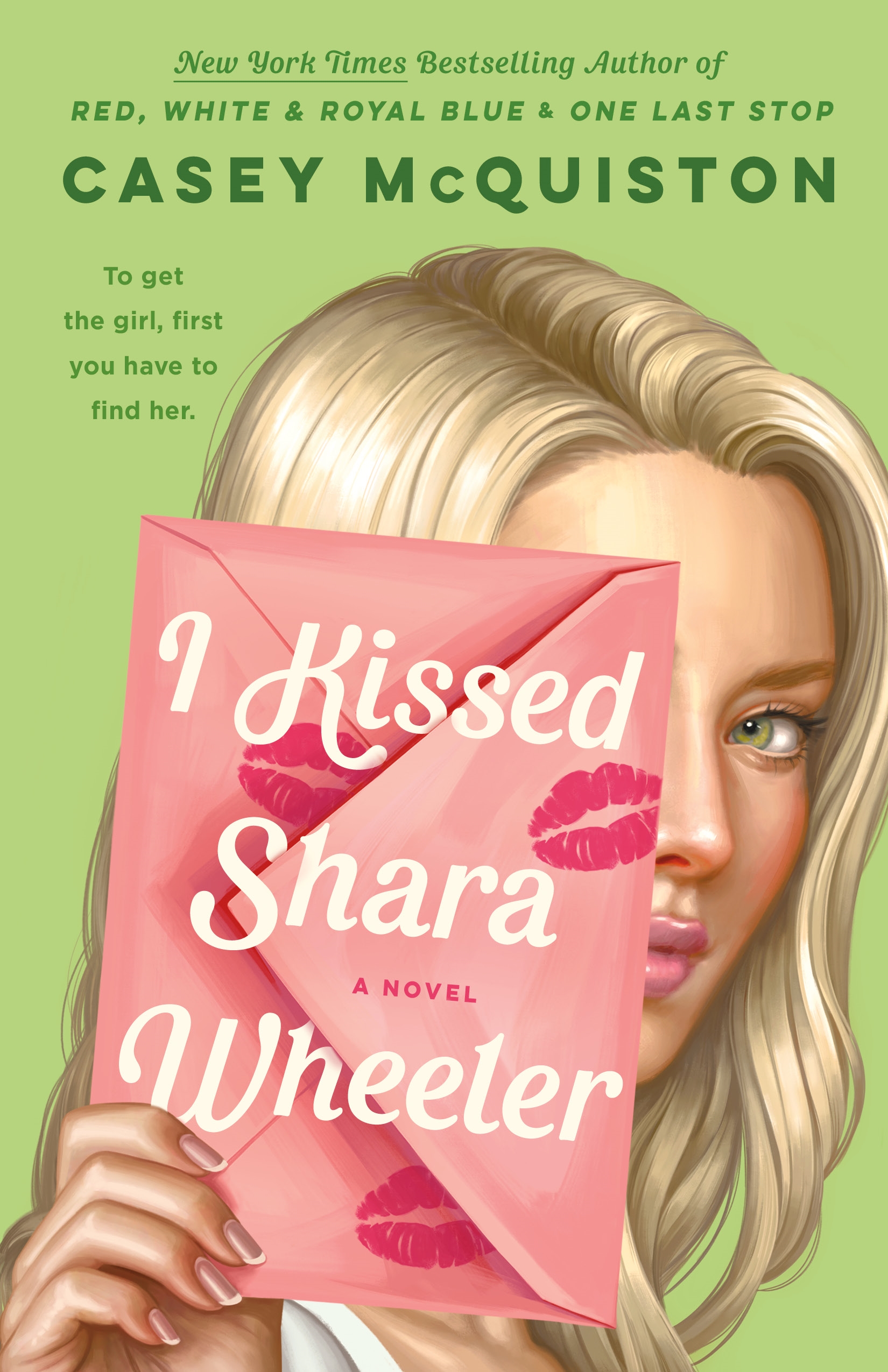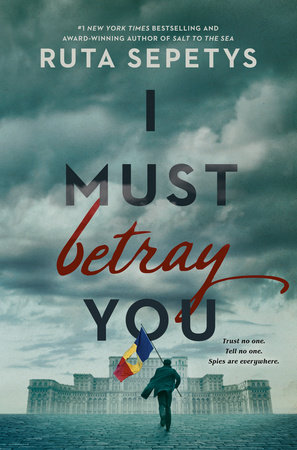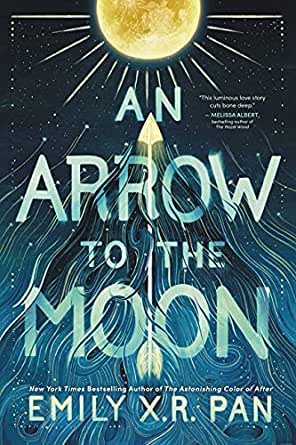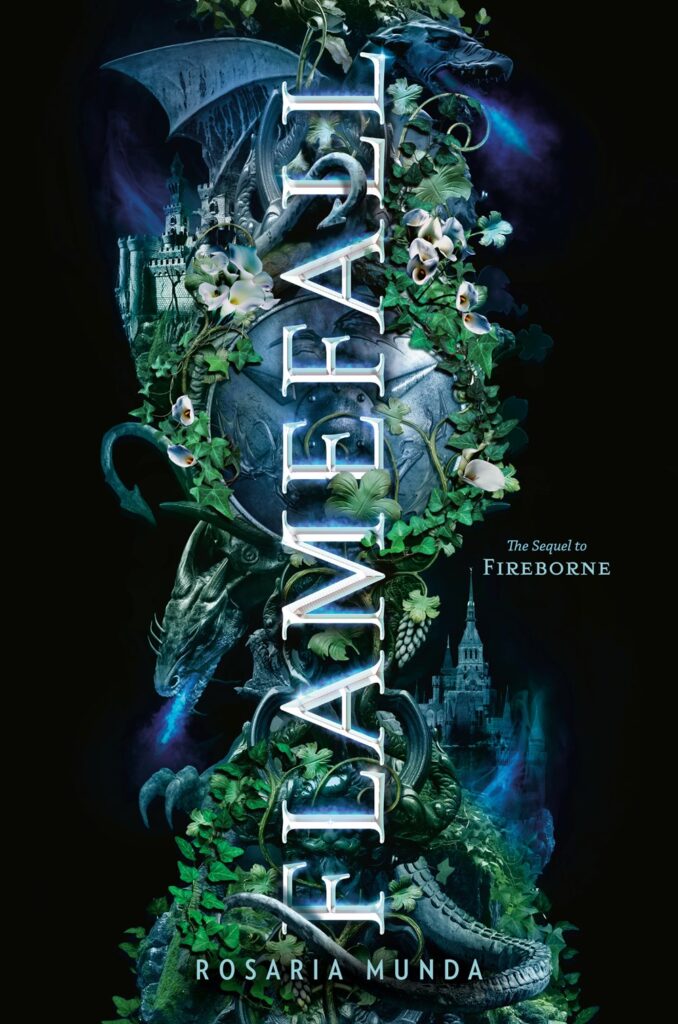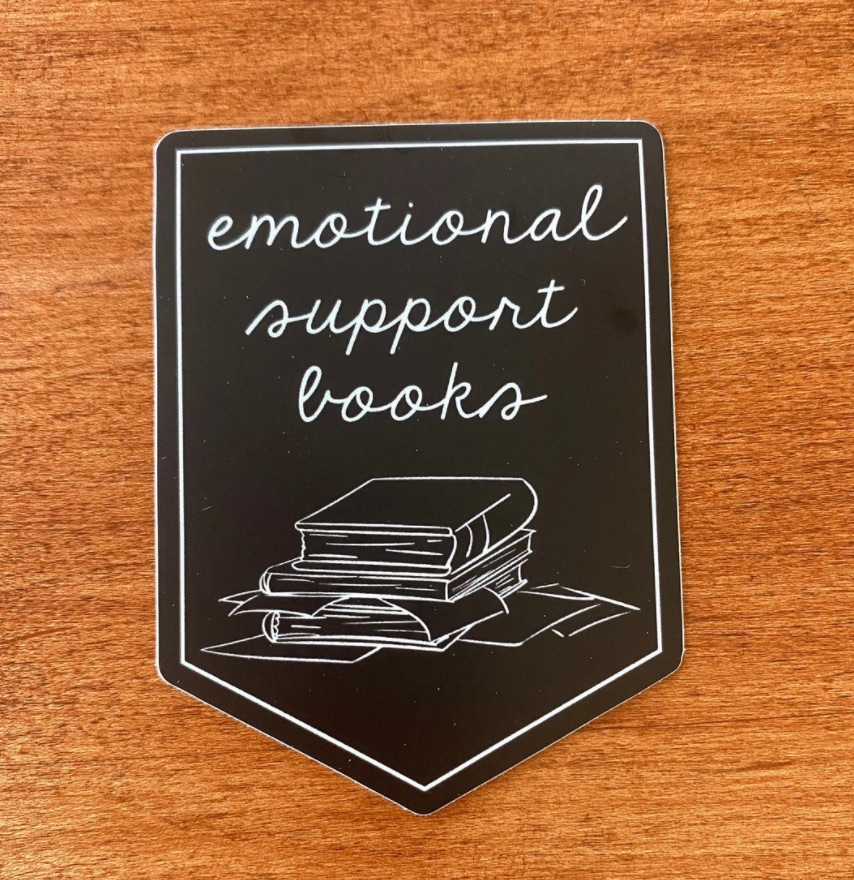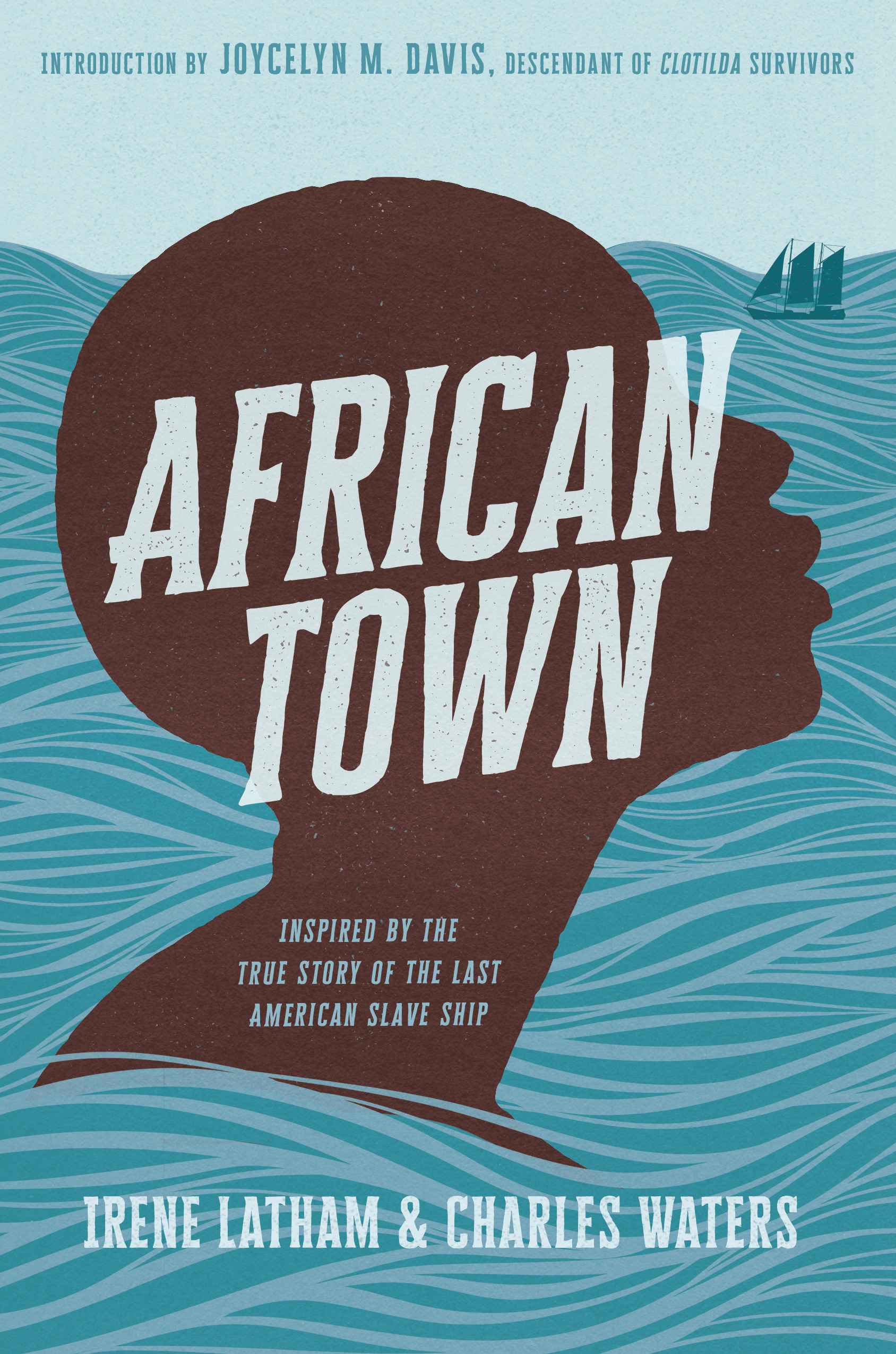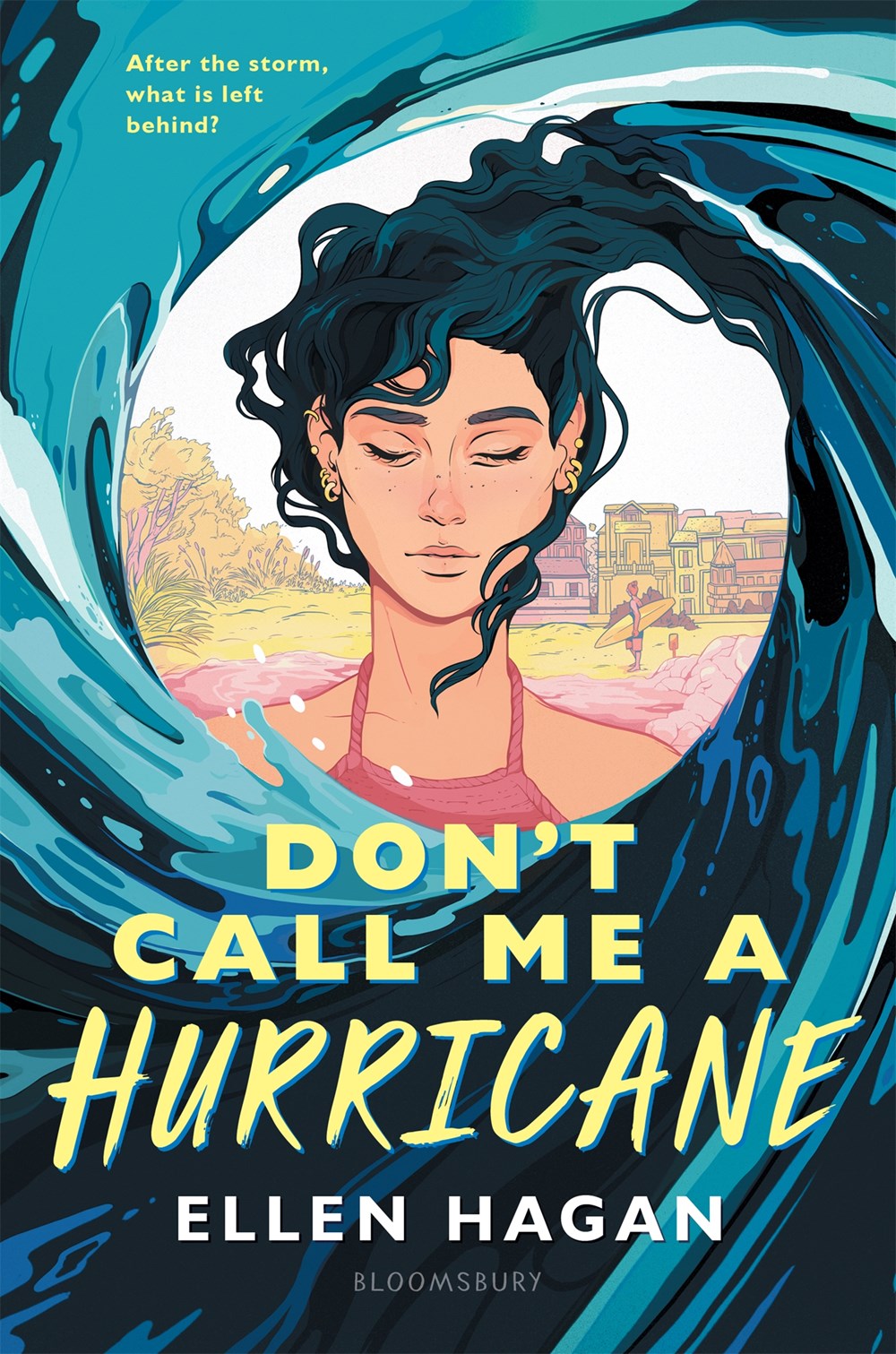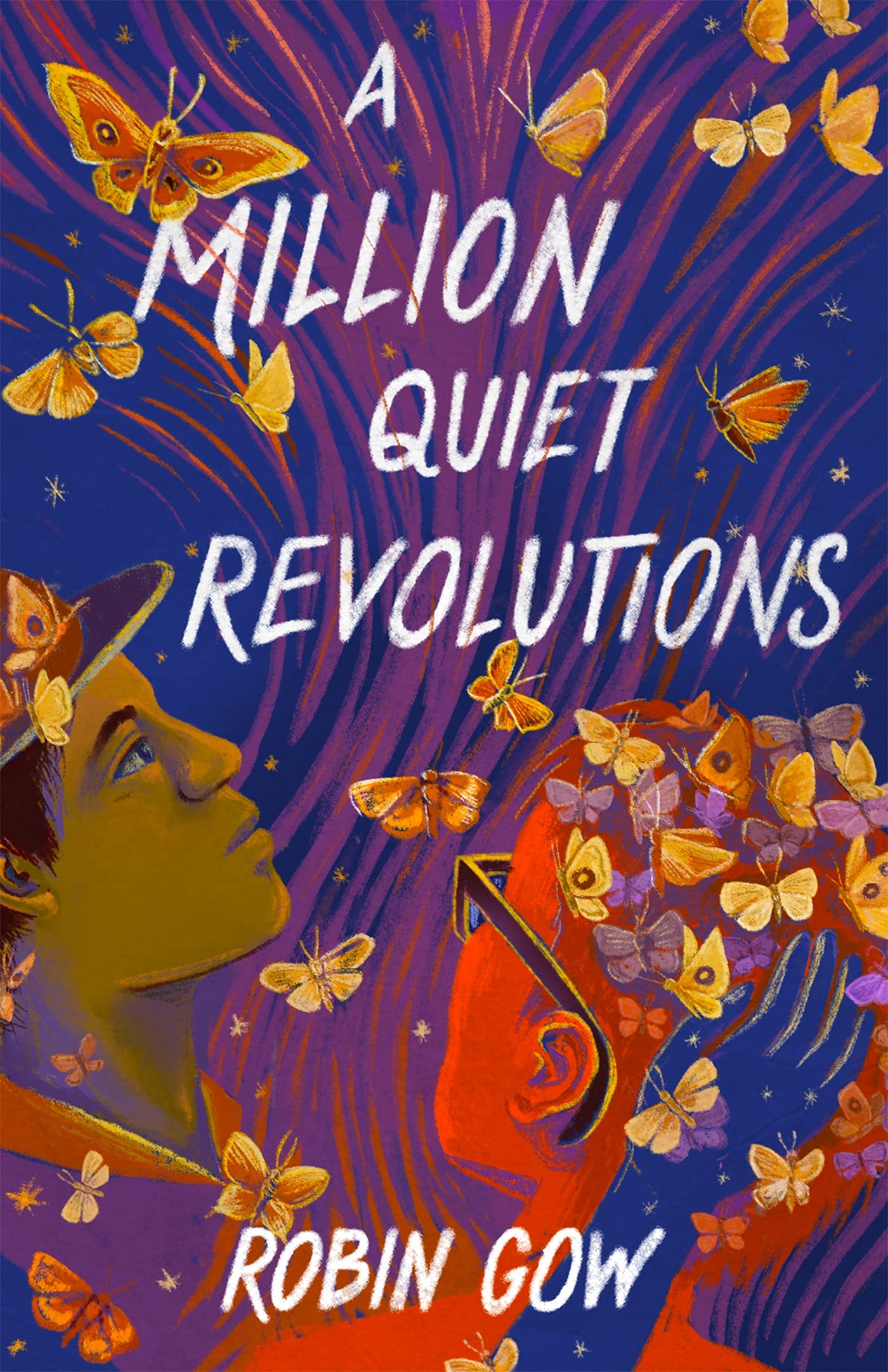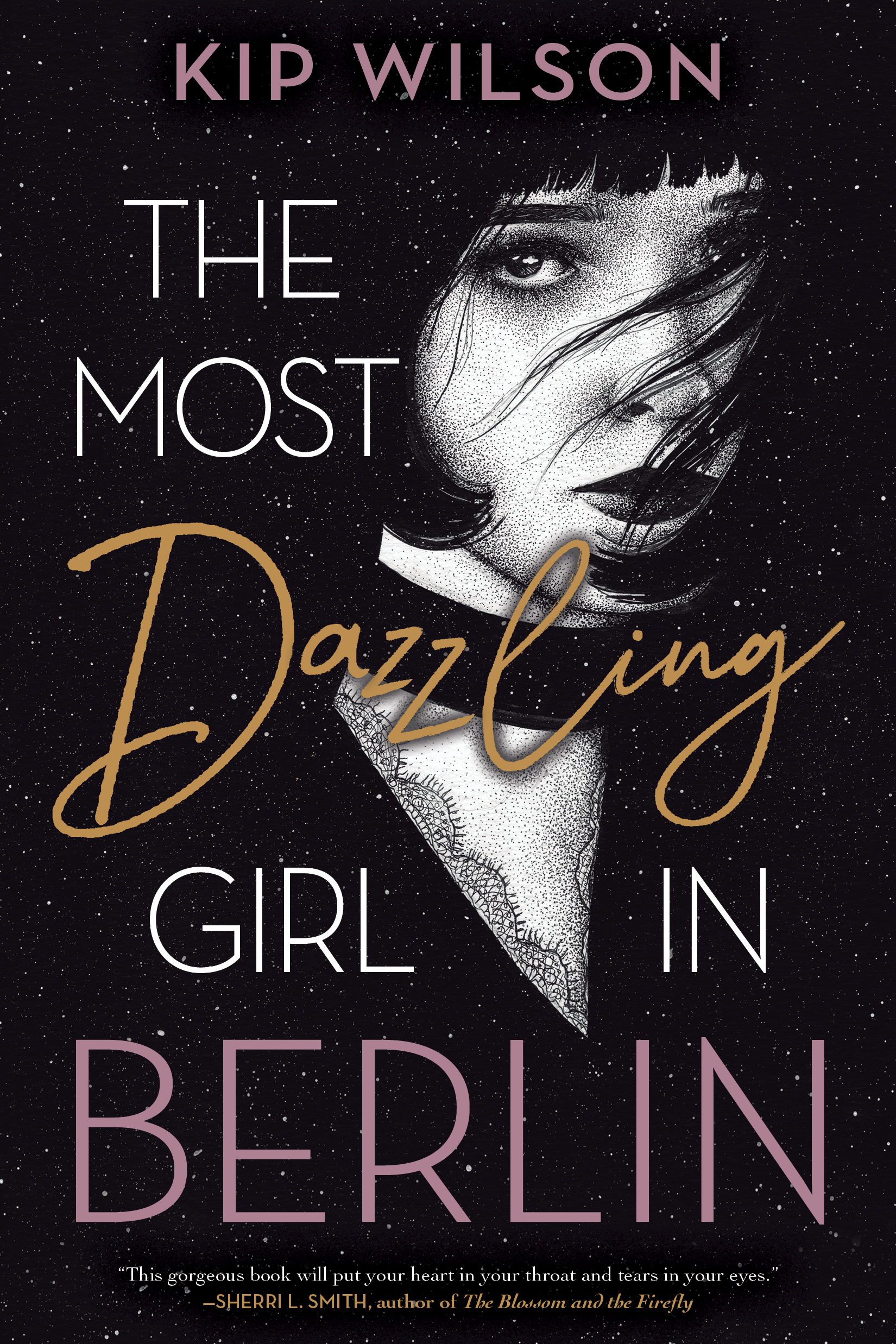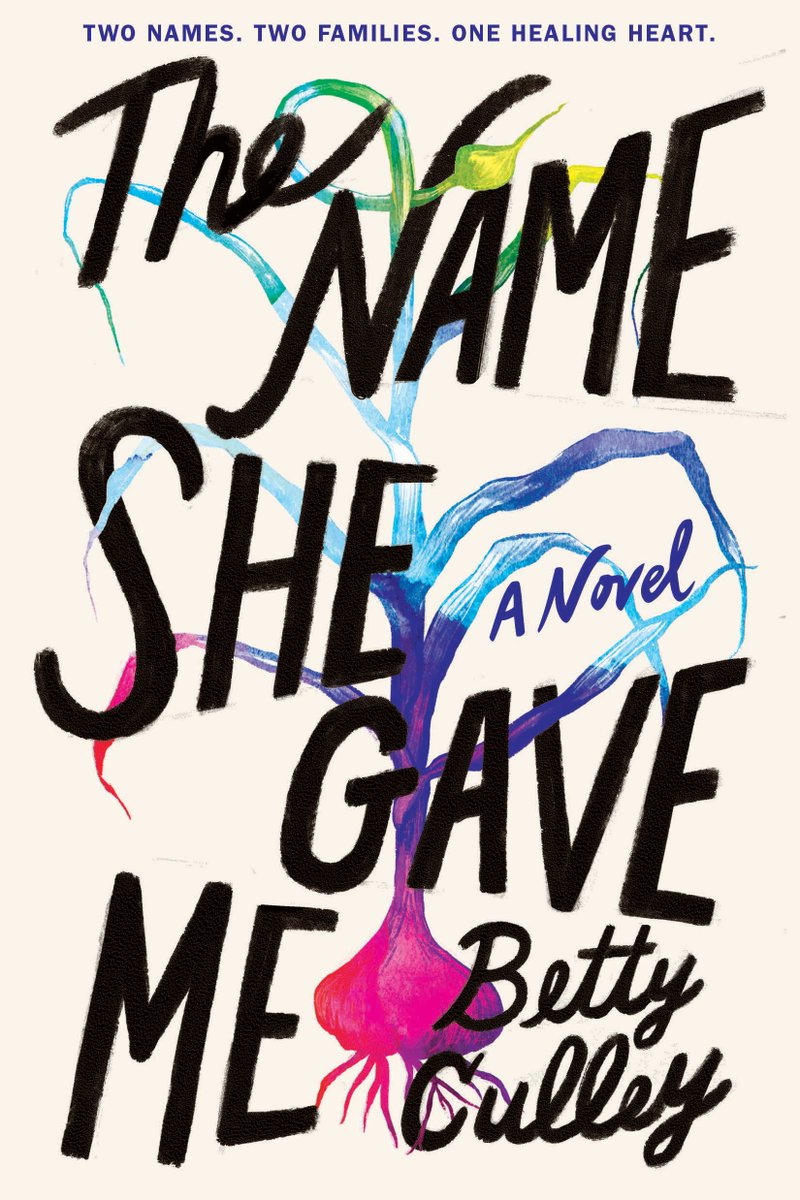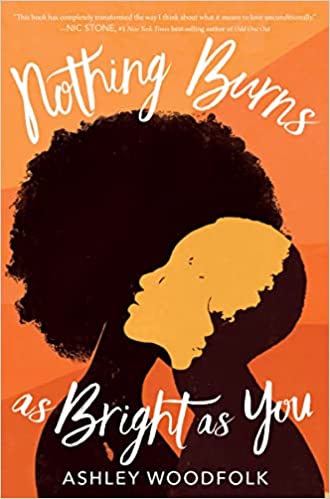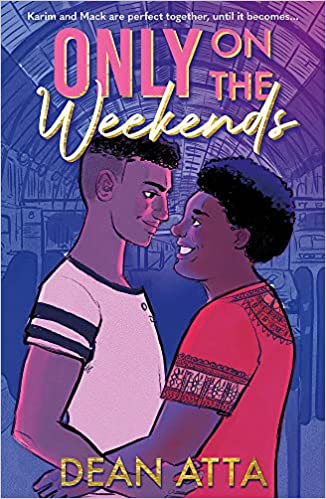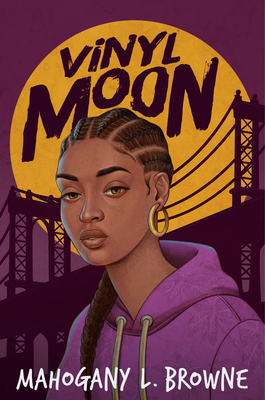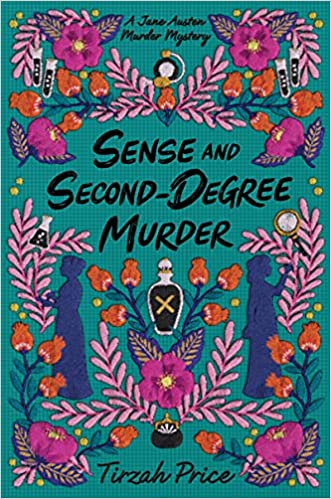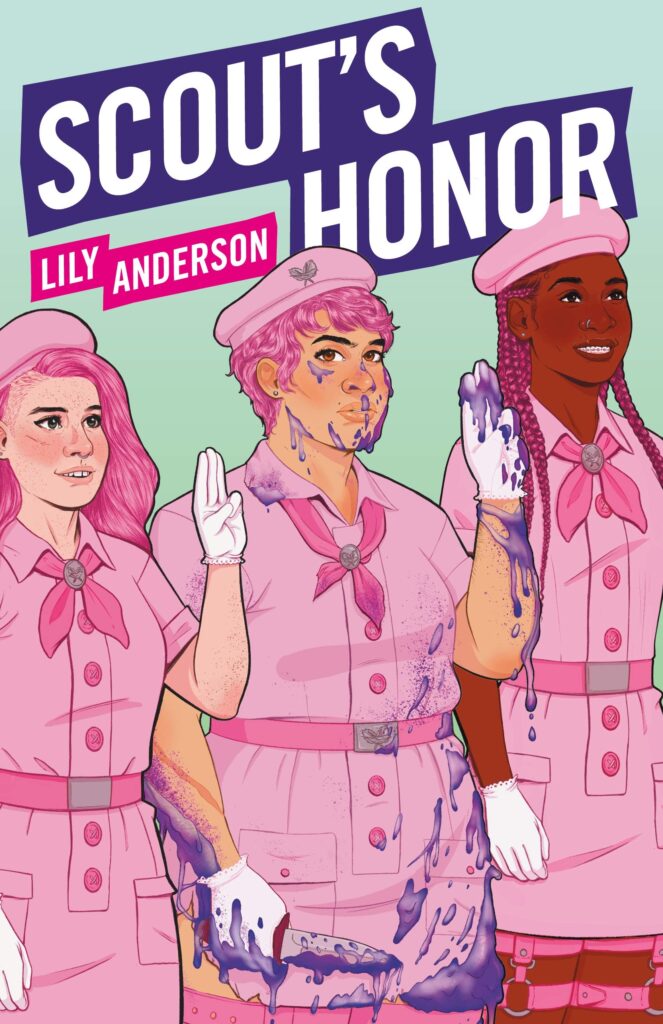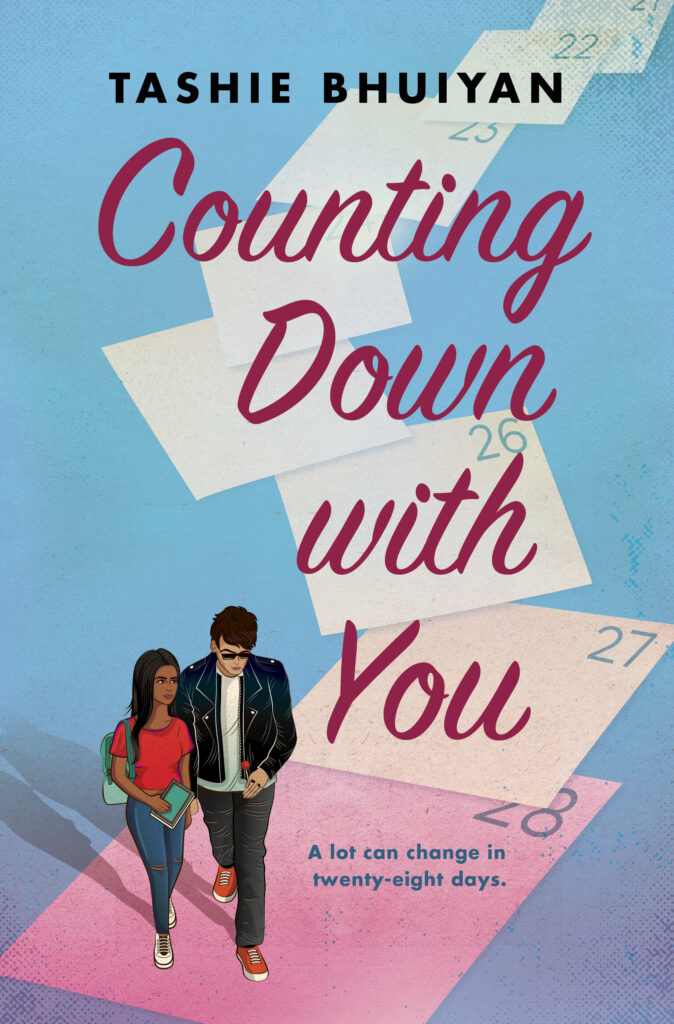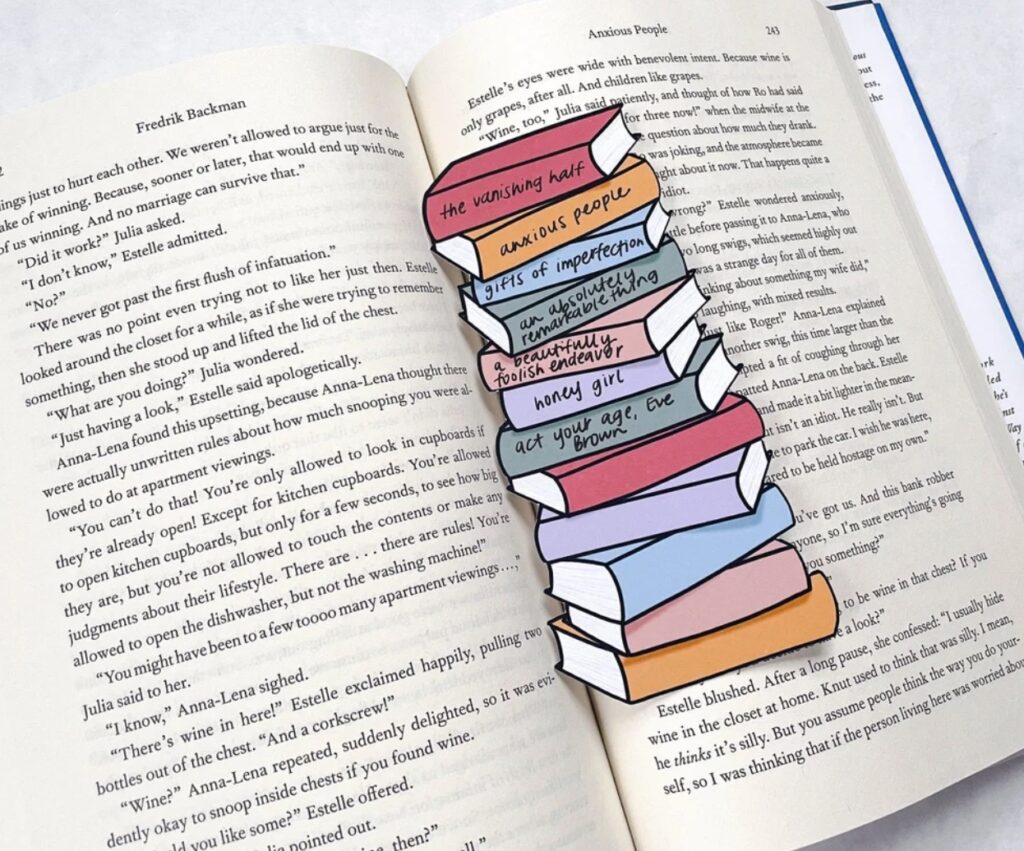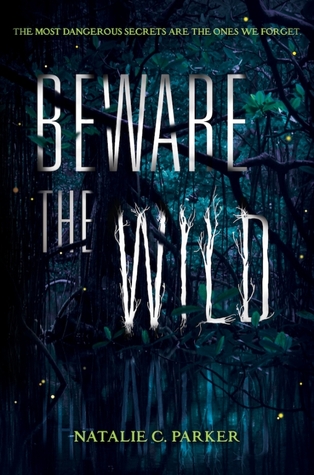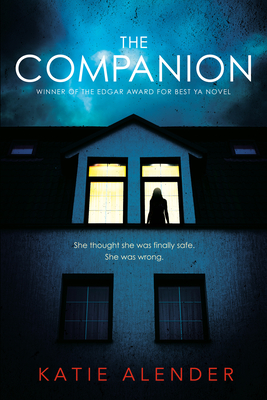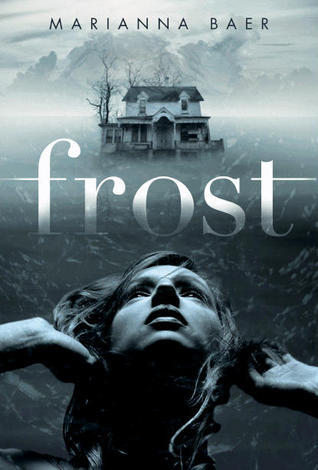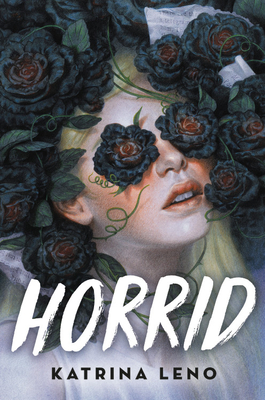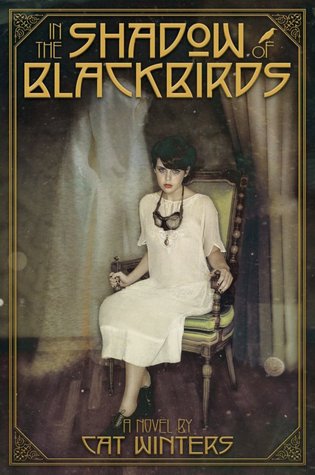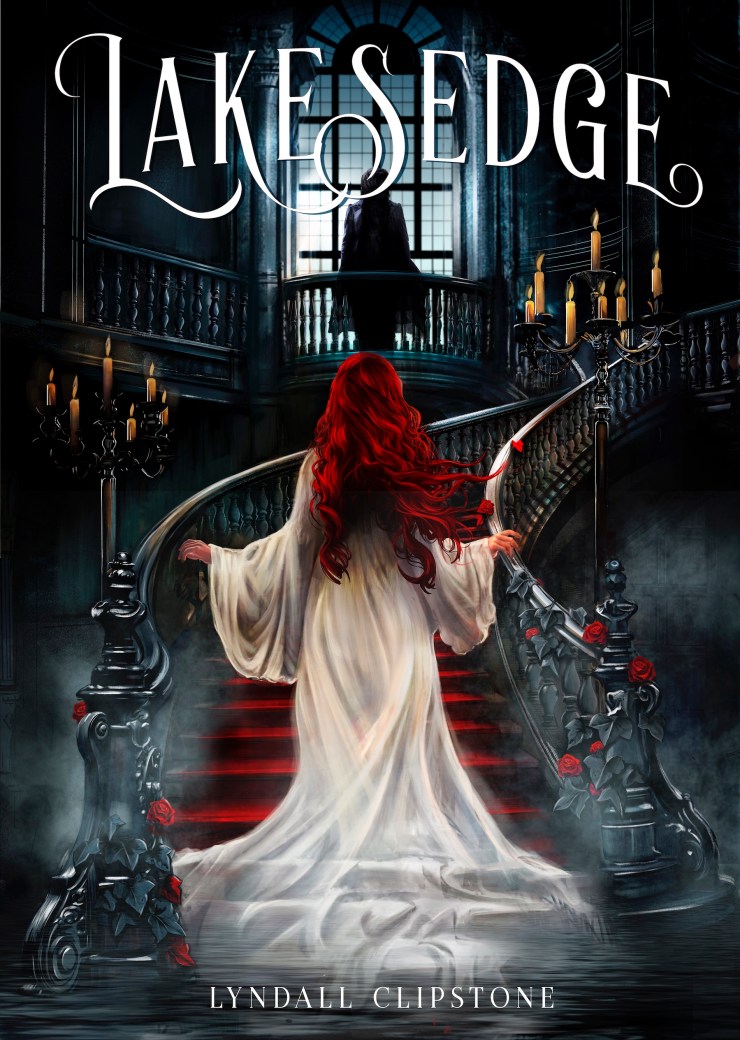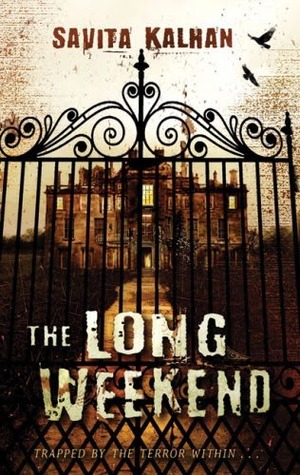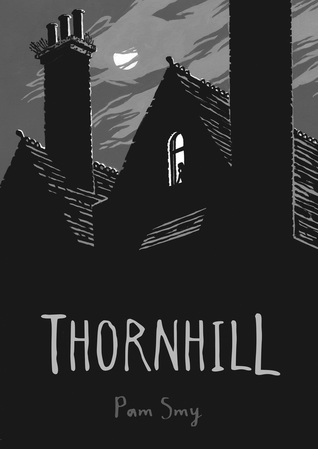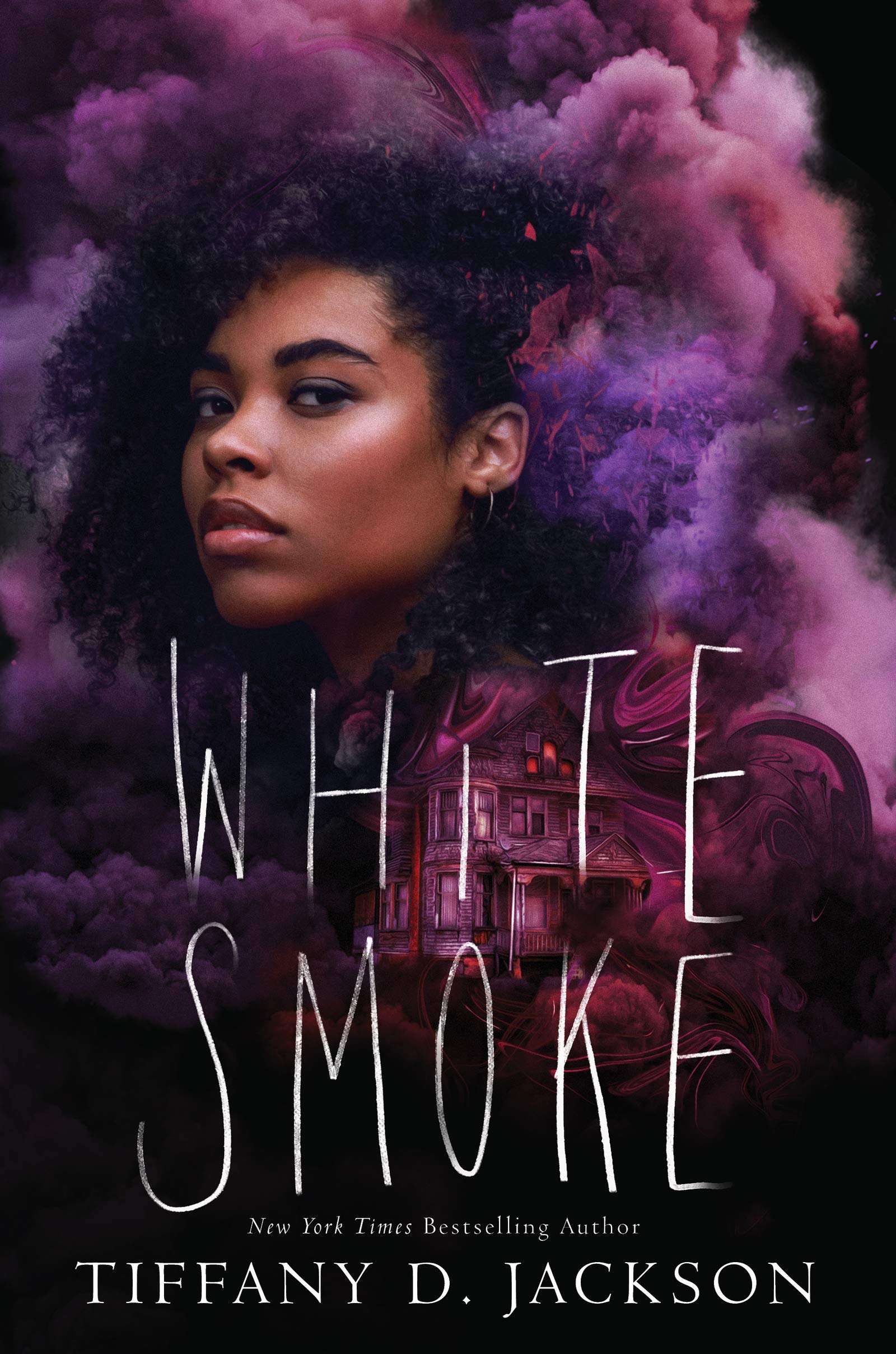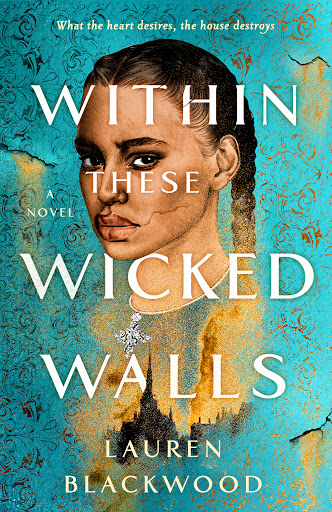Hey YA Readers!
Let’s dive into this week’s YA book news and new books. I don’t know about you, but I’m having a hard time believing it’s May, especially as here in the upper midwest, it still feels like March weather-wise. Give me sun and heat for outdoor reading, please!
YA Book News
- Jenny Han has signed an overall deal with Amazon Prime, meaning we will likely see more of her stories coming to screen.
- Speaking of Jenny Han, The Summer I Turned Pretty will drop on Prime June 17.
- Netflix acquired the rights to The Statistical Probability of Love at First Sight by Jennifer E. Smith.
- Emma Pasarow, who plays Auden in the upcoming Netflix adaptation of Sarah Dessen’s Along for the Ride, talks about the film and doing good by Dessen’s fans.
- Sweet Valley Twins is getting a graphic novel adaptation.
- A queer YA graphic novel from one of the co-creators of Lumberjanes? Yes, please!
New YA Books
Please note that with supply chain issues, paper supply challenges, and the pandemic more broadly, publication dates are changing at a pace I can’t keep up with. Some release dates may be pushed back. If a book catches your attention, the smartest thing to do right now is to preorder it or request it from your library. It’ll be a fun surprise when it arrives.
Hardcover
An Unreliable Magic by Rin Chupeco (series)
Ballad and Dagger by Daniel José Older (series)
The Agathas by Kathleen Glasgow and Liz Lawson
Bravely by Maggie Stiefvater
Burn Down, Rise Up by Vincent Tirado
Confessions of an Alleged Good Girl by Joya Goffney
The Dove in the Belly by Jim Grimsely
Family of Liars by E. Lockhart
If You Change Your Mind by Robby Weber
Inheritance by Elizabeth Acevedo, illustrated by Andrea Pippins
Nate Plus One by Kevin van Whye
The Noh Family by Grace K. Shim
See You Yesterday by Rachel Lynn Solomon
The Waiting Place by Dina Nayeri, illustrated by Anna Bosch Miralpeix (nonfiction)
When You Call My Name by Tucker Shaw
Paperback
All Our Hidden Gifts by Caroline O’Donoghue (series)
Curse of the Specter Queen by Jenny Moke (series)
Grace and Glory by Jennifer L. Armentrout (series)
Misfit in Love by S. K. Ali (series)
Between the Bliss and Me by Lizzy Mason
Breathless by Jennifer Niven
The Castle School for Troubled Girls by Alyssa Sheinmel
Concrete Rose by Angie Thomas
Girl Overboard by Sandra Block
Instructions for Dancing by Nicola Yoon
The Lost Coast by A. R. Capetta
The Nature of Witches by Rachel Griffin
One Great Lie by Deb Caletti
Swimming in the Monsoon Sea by Shyam Selvadurai
This Is My America by Kim Johnson
We Can’t Keep Meeting Like This by Rachel Lynn Solomon
When The World Was Ours by Liz Kessler
YA at Book Riot
- Go on a scavenger hunt and find your next queer YA read.
- AudioSync is here. Go get your free weekly audiobooks!
- Here are 10 of the most popular YA books on TikTok.
- Love Sabaa Tahir? You’ll love these goods.
- Can’t get enough Heartstopper? Here are some more feel-good queer YA reads.
- Why sex ed books protect kids–not harm them.
Don’t forget you can get three free audiobooks at Audiobooks.com with a free trial!
Enjoy your favorite iced beverage out of this fun fantasy-themed tall glass. $15 and up, and you can add a bamboo lid and straw.
Thanks for hanging out, and we’ll see you on Saturday with a fresh batch of book deals.
I hope you’re reading something great in the mean time.
— Kelly Jensen, @heykellyjensen on Instagram.
